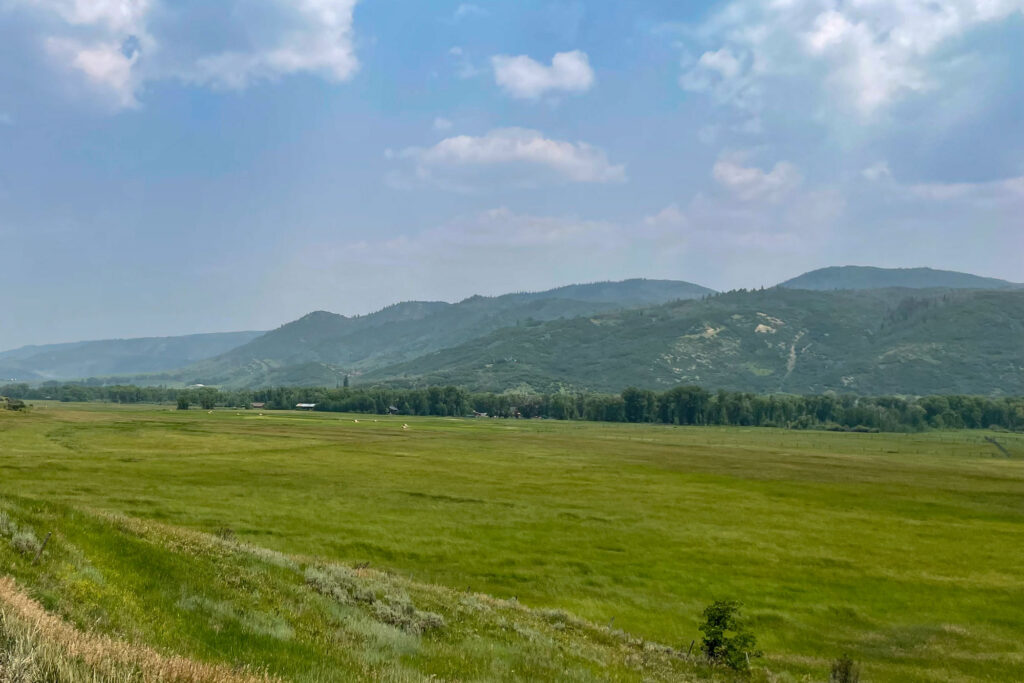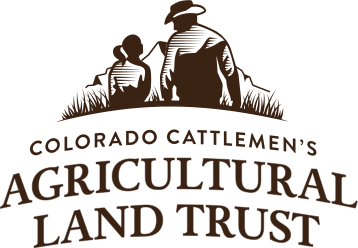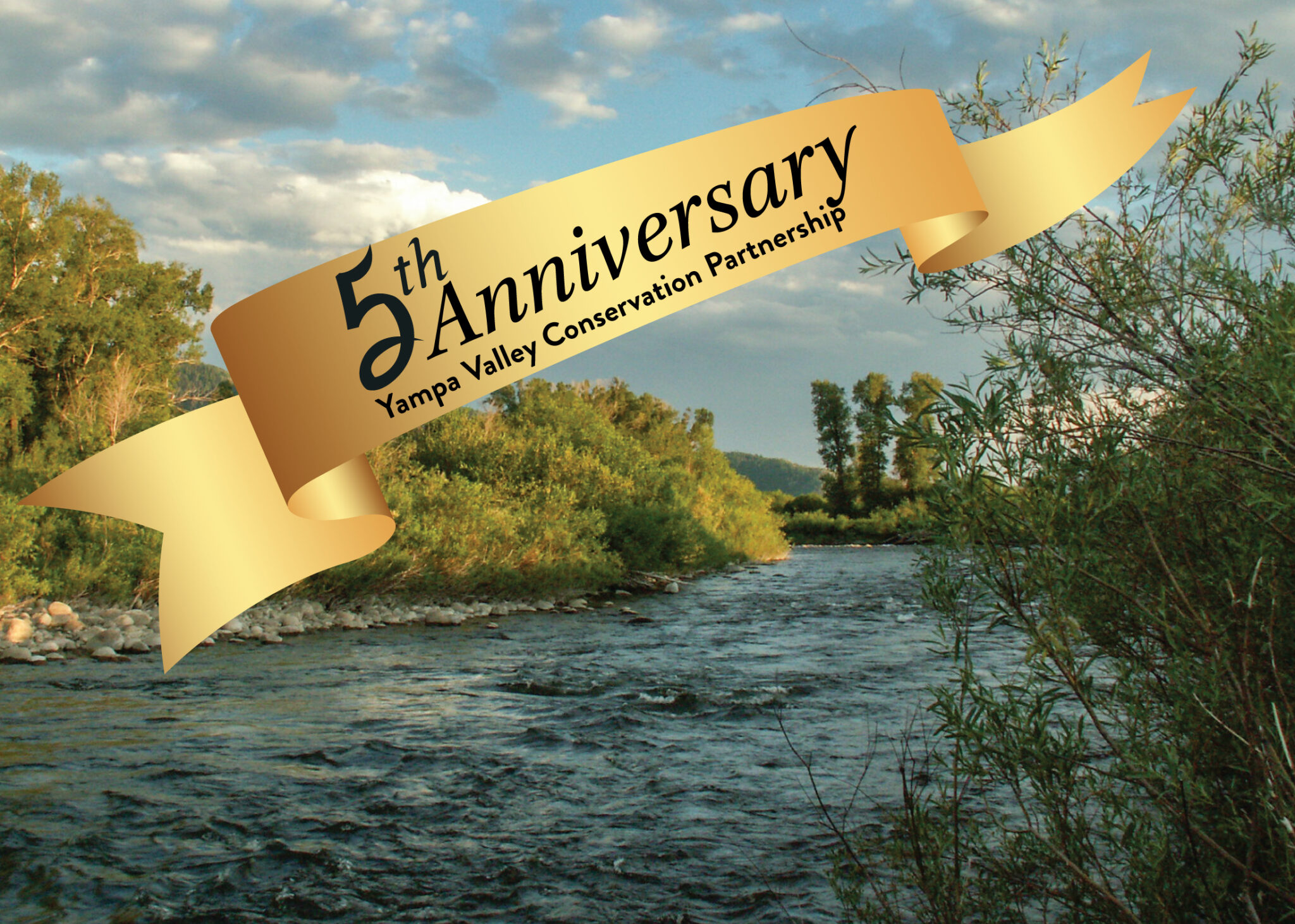The Water Sustains Us
July 30, 2024 | By: Owen Yager | 3 min. read
Water is at the beating heart of Northwest Colorado. While this corner of the state might be best known as the headwaters of the Colorado River, it is also home to several other important rivers: the Yampa, Elk, Little Snake and White all start in Northwest Colorado’s mountains, and a section of the Green – one of the Colorado’s most important tributaries – flows through the Western edge of Moffat County. When the Colorado Cattlemen’s Agricultural Land Trust (CCALT) created the Yampa Valley Conservation Partnership (YVCP) in 2019 after the successful merger with the Yampa Valley Land Trust, the organization became more engaged in the community and the region’s water-related issues.
Water is not confined to rivers or lines on maps. Countless miles of tributary streams and riparian acres surround and support the region’s rivers which swell with snowmelt in the spring and sustain life in late dry summers and autumns. As it does around the state, agriculture in Northwest Colorado depends on this landscape’s water.
“Water is crucial to our productivity,” said Peter Kurtz, a CCALT easement owner who ranches along the banks of the Elk River north of Steamboat Springs. The Kurtz family conserved the Kurtz Ranch in 2000, and the property uses water from the Elk River to irrigate hay meadows and provide water for livestock including herds of yearling cattle and horses. The ranch’s headquarters nestles in amongst the cottonwoods that are sustained by the Elk’s water table.
“Water makes this place what it is,” Kurtz added as he stood next to a barn in the headquarters. His words were underscored by the calls of riparian birds and puddles of water left over from the previous night’s rain.

Given that water is as central as it is to agricultural landowners like Peter Kurtz, it makes sense that these stewards take good care of their water resources. Agriculture around the state depends on a complex system of water rights where landowners have allocations for certain amounts from specific streams or ditches. Maintaining these water rights through the use of that water is a central need for agriculture’s ongoing viability. To that end, CCALT easements require that agricultural water continue to be used, keeping an agricultural landscape irrigated, hay-filled and available for the people, communities, domesticated livestock, and wildlife that need it.
Keeping water on agricultural properties is not just important for livestock and ranchers. A recent study led by the Intermountain West Joint Venture and the University of Montana showed that though flood-irrigated hay meadows account for only 2.5% of the Intermountain West’s irrigated footprint, but they account for 58% of the region’s temporary wetland habitat. The flood-irrigated meadows mimic the historic flooding of streams and rivers that naturally occurred. This wetland habitat is vital for species ranging from migrating ducks and sandhill cranes to sage grouse, mule deer and pronghorn that use those meadows for late-season foraging. This is notably visible in Northwest Colorado, where robust populations of these animals and many more can be found sheltering, eating, and nesting on irrigated land.
CCALT’s Additive Conservation Program is working to provide additional water management resources to landowners in Northwest Colorado. Through this program, landowners in South Routt County, for instance, have worked with CCALT to build simple structures called Zuni bowls and one-rock dams that slow down water flowing through upland wet meadows, reducing erosion and keeping those meadows wet for livestock and wildlife late into the summer.
As Peter Kurtz stood by his barn, he looked over towards the Elk River and mused, “It’s a blessing to be at the headwaters.”


